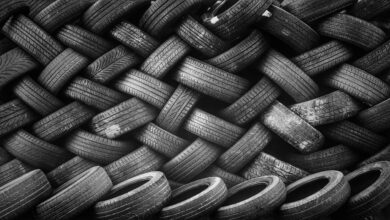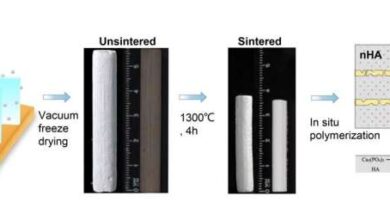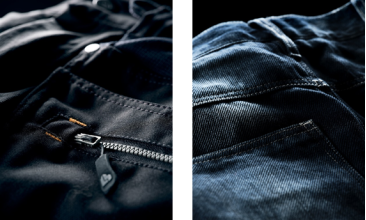Additive fosters virgin-like resin properties in 100% regrind

IRANPOLYMER/BASPAR Physical property tests carried out by Riverdale Global LLC (Aston, PA) in cooperation with a molder of packaging containers reportedly has demonstrated that +Restore liquid additive is even more effective in improving the performance of plastics regrind based on post-consumer waste than originally claimed.
The test results indicate that, at relatively low usage levels, the +Restore liquid additive enables processors running 100% post-consumer polypropylene (PP) or high-density polyethylene (HDPE) to obtain products with virgin-like properties. When PlasticsToday asked the company to confirm that statement, which is quite stunning, R&D Engineer Conner Burns assured us that it is true. “Our testing demonstrated that the recycling process caused drastic reductions in physical properties, but simply by adding +Restore, the same recycled resin can have near-virgin properties,” explained Burns.
[EasyDNNGallery|15385|Width|200|Height|200|position||resizecrop|False|lightbox|False|title|False|description|False|redirection|False|LinkText||]Polypropylene flexural modulus. Image courtesy Riverdale Global LLC.
When asked about whether +Restore additive works on co-mingled PET and PP, Burns stated that “it should have a positive impact, but possibly not as much as PP without PET mixed in. We have not done testing in engineered resins, but we plan to expand testing into these polymers in the future.”
Burns also explained that Riverdale Global’s current focus is on polyolefins, as opposed to PET, PETG, nylon, PC and polyesters. “We have not done testing on these polymers but plan to expand testing into them in the future,” Burns told PlasticsToday.
Test results comparing 100% virgin PP with 100% PP regrind containing 0.4% +Restore additive showed that regrind PP tested at 99% of virgin PP for flexural modulus and 89% for strain at yield. Regrind PP actually tested higher than virgin—106%—for strain at break. Izod impact strength testing showed that PP modified with +Restore additive tested at 16% less than virgin PP versus unmodified regrind at 49% less.
[EasyDNNGallery|15386|Width|200|Height|200|position||resizecrop|False|lightbox|False|title|False|description|False|redirection|False|LinkText||]
Polypropylene relative notched Izod impact. Image courtesy Riverdale Global LLC.
“These test results and similarly encouraging data for HDPE show that plastics processors can use the +Restore additive to meet sustainability goals by actually upcycling post-consumer waste, eliminating most, and in some cases all, of the property losses typically incurred in recycling,” said Jared Arbeter, Technical Sales Manager.
Arbeter also noted that +Restore improves part consistency in comparison with untreated recycled material. As measured by standard deviation in a range of physical property tests, HDPE regrind with 3% white concentrate exhibited a 50% or more decrease in part variation when it contained 0.4% of the +Restore additive.
[EasyDNNGallery|15387|Width|200|Height|200|position||resizecrop|False|lightbox|False|title|False|description|False|redirection|False|LinkText||]Polypropylene tensile strength at break. Image courtesy Riverdale Global LLC.
“Because the additive has an affinity for the base polymer, it acts as a lubricant, enhancing melt flow,” said Arbeter. “In addition, the +Restore molecule has a functional group that readily reacts with pigments, fibers or fillers in the resin, while a different segment of the same molecule is designed to couple with the polymer. As a result, it forms a strong bond between resin and filler without compromising flexibility.”
The +Restore additive can be used in all thermoplastic processes, alone or in a blend with Riverdale Global’s liquid colors. Typical usage rates are in the 0.1 to 0.5% range.






